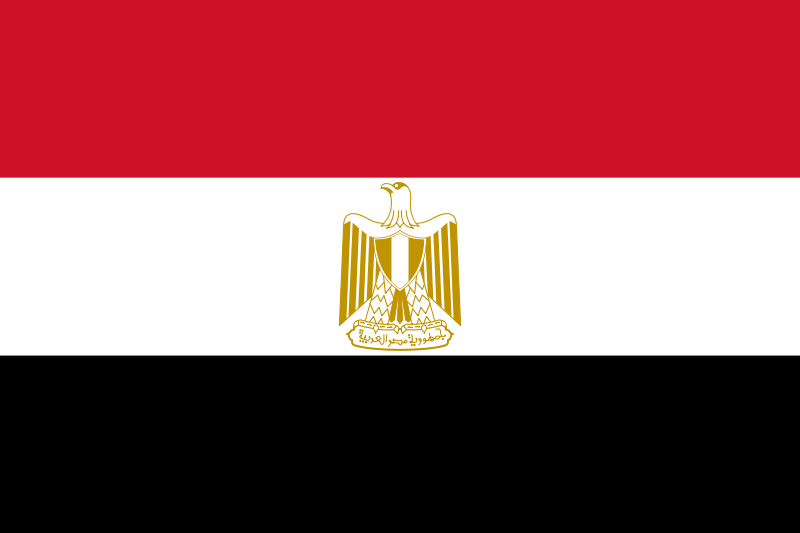Luxor is the premier travel destination in Upper (southern) Egypt and the Nile Valley. Vast temples, to ancient royal tombs, via spectacular desert and river scenery and a bustling modern life.
As the site of the Ancient Egyptian city of Thebes, Luxor has frequently been characterized as the “world’s greatest open-air museum”, as the ruins of the temple complexes at Karnak and Luxor stand within the modern city. Immediately opposite, across the River Nile, lie the monuments, temples and tombs on the West Bank Necropolis, which include the Valley of the Kings and Valley of the Queens. Thousands of international tourists arrive annually to visit these monuments, contributing a large part towards the economy for the modern city.
Although a relatively small town by Egyptian population standards, Luxor is quite extensive and is best divided up into several ‘districts’ or areas that group the main attractions on their respective sides of the river Nile. The old capital of Egypt, Thebes, was on the West bank of the Nile. That is where most of the ruins and tombs are. The modern city of Luxor is on the East bank. That area has the train and bus stations, most of the hotels and restaurants, some museums, tourist shops and so on. Most visitors (and almost all tour groups) stay on the East bank and travel across for the tourist sites but, in recent years, there has been an increase in hotels on the West Bank and many independent travellers stay there.
EGYPT CLOSED – Chaos Across Egypt (Jan – Feb 2011)
Three hours into my flight the captain announces we are diverted to Athens. Later it is confirmed the flight landed due to a bomb scare as reported by the BBC. Rising unrest and the peoples call to bring down the government brings disruption to tourism in Egypt, and the UK Foreign Office advises not to travel.
My trip to Egypt is cancelled. No Cairo, Luxor, Aswan, Abu Simbel.
